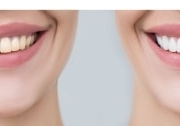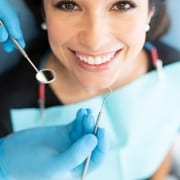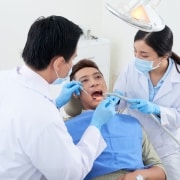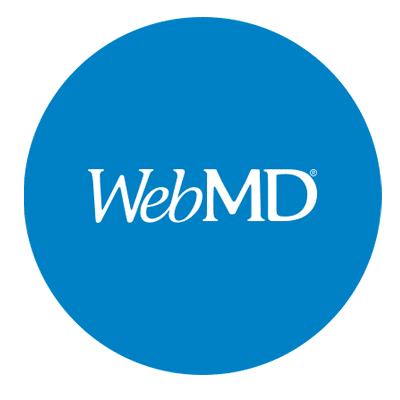Adjusting to Same-Day Dentures – 3 Tips for Success
Same-day dentures can feel foreign in your mouth, but a few tips for success in the first few days can help. Denture placement immediately after extractions will not mean you immediately feel comfortable, even though we do all we can to ensure a proper fit. Here are a few things you can do in the days following your appointment for same-day dentures in Bloomington to get adjusted to the change as quickly as possible.
1. Keep the New Dentures Installed
While it can be tempting to remove your dentures because they feel awkward in your mouth, practice leaving them in place for as long as you can. With time and wear, the brain begins to recognize that the dentures are part of your mouth. Therefore, you will gradually focus on how they feel less and less with extended wear.
2. Practice Eating Easy-to-Chew Foods
When you feel comfortable doing so, go ahead and try chewing some soft foods. Soft-boiled veggies, pasta, or something that can be cut into small pieces and mashed easily are good for first tries. Using your dentures as you would your normal teeth will quicken the process of feeling like they are part of your mouth.
3. Manage Discomfort as Directed
Patients often feel the need to remove dentures due to discomfort post-extractions or because of general gum soreness. However, be sure to follow the dentist’s guidance and use over-the-counter pain relievers as needed to mitigate discomfort. Some soreness is normal in the first few days as the gums adjust or healing occurs, but it is best to manage the pain with accessible remedies rather than remove the dentures if at all possible.
Ensure Success with Your Same-Day Dentures in Bloomington
Generally, it can take a few weeks to get accustomed to new dentures, but the best outcome starts with the right dentist in Bloomington, IN. If you are looking to get dentures in one day, reach out to us at Indiana Emergency Dental to make an appointment.

















